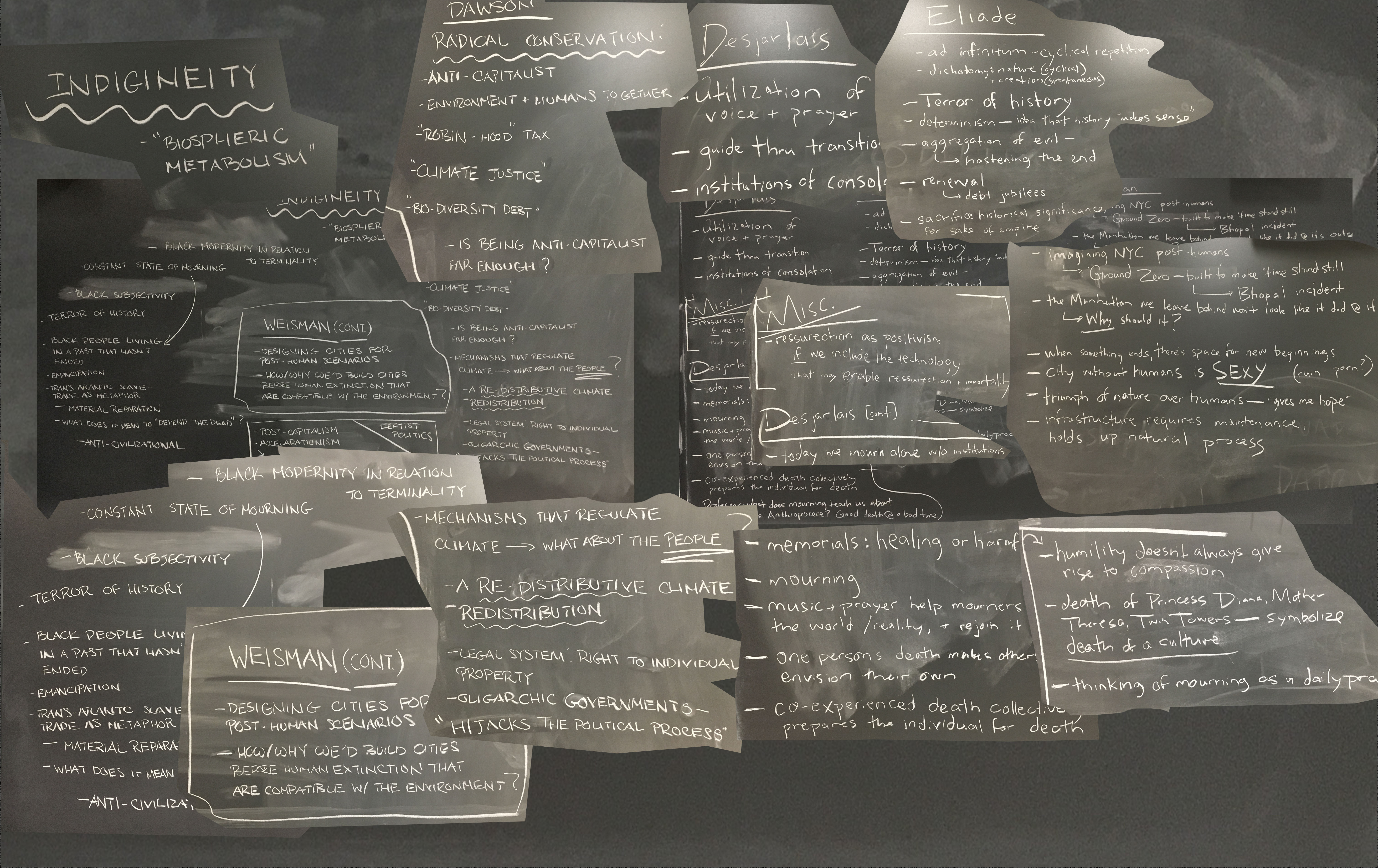Group 1:
Elsie, Meredith, Dani G, Dani D
What is human intervention?
Destruction vs conservation
http://www.endangered.org/10-easy-things-you-can-do-to-save-endangered-species/ (conservation)
What is the quality of life of species in captivity?
This opinion piece in The Guardian is written by someone who supports zoos for their efforts in conservation and capability to reintroduce species to their natural habitats (how often this happens is not cited). The author challenges the definition of captivity and points out scenarios in which animals are kept in “larger than necessary enclosures” and face no threat from predators. The author’s arguments are largely relativistic, especially when considering captive animals’ quality of life. While it’s true animals in captivity are not threatened by predators and are therefore spared a rather grisly demise, it’s unclear how this affects their overall quality of life. As previously mentioned, the author makes statements about zoos’ ability to reintroduce populations of endangered animals to their natural habitat. This raises a number of questions — What if their natural habitat is destroyed? What about food scarcity? What is the possible environmental impact of reintroducing a species to an environment they have been removed from for a period of time? Has the ecosystem changed? Can we create or recreate an environment suitable for a species previously endangered or extinct?
https://www.theguardian.com/science/lost-worlds/2014/aug/19/why-zoos-are-good
Are there any underlying similarities between species going extinct currently?
Land “development”, contact with humans (fungi), inbreeding (no variation)
What about the species we save/resurrect? What species are prioritized presently?
Vertebrates –
“In practice, though, scientists and conservations prioritize based on a mix of public perception and a species’ economic value—for instance, whether it’s a popular seafood or brings tourism dollars to a state.” so we don’t even have a theory based on natural selection or evolution
https://news.nationalgeographic.com/news/2013/12/131216-conservation-environment-animals-science-endangered-species/ (who do we save and why?)
One example of a species on the verge of extinction is the Atlantic bluefin tuna. Due to overfishing and high demand, the population of bluefin tuna has seriously depleted over the last forty years. While there is an international call for conservation, illegal fishing has made any effort to prevent extinction of bluefin tuna very difficult. Unfortunately for consumers, bluefin tuna is unsustainable for farming. This is even more unfortunate perhaps for “wild” bluefin tuna, which will continue to be over and illegal fished until they die out completely.
https://www.nationalgeographic.com/animals/fish/a/atlantic-bluefin-tuna/
Who is ultimately harmed by species extinction?
(effectively just save the humans)

Recent Comments